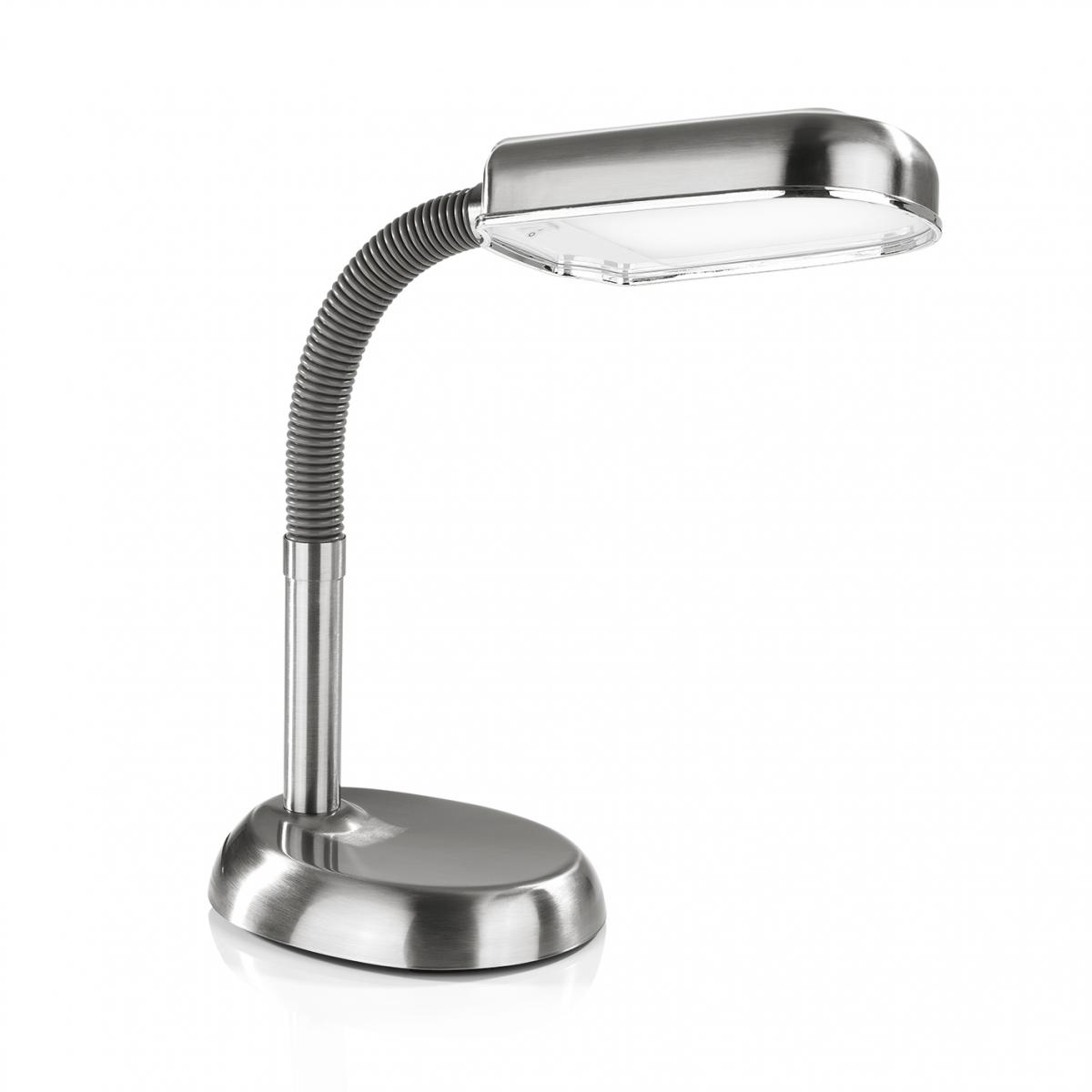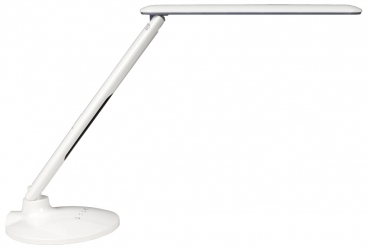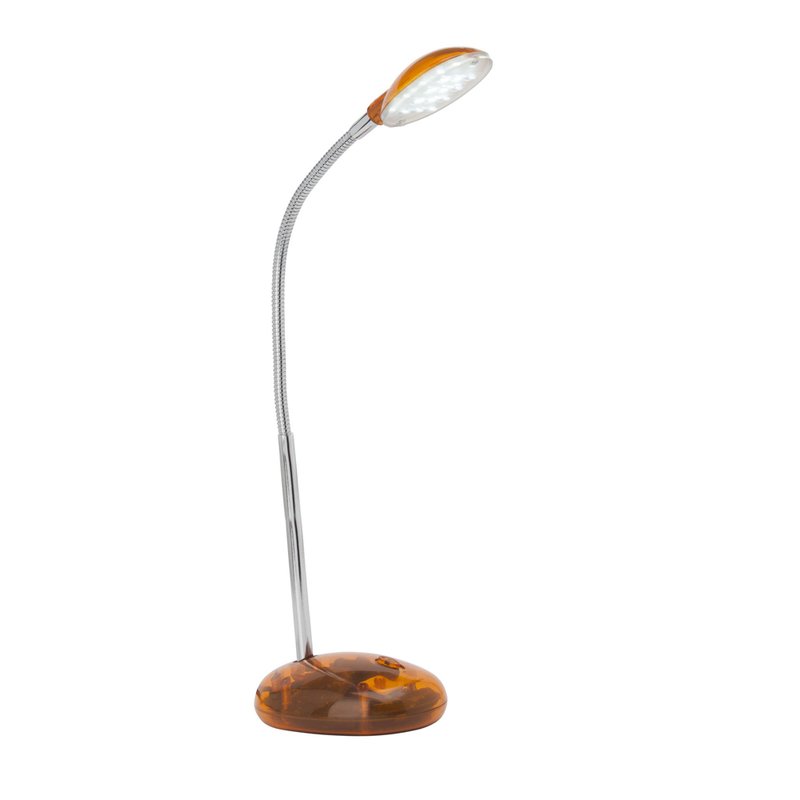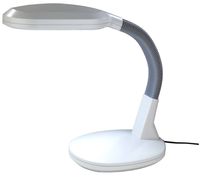
Maximex Tageslicht-Tischleuchte, Schreibtischleuchte mit 5 Helligkeitsstufen & 3 Lichtfarben, mit standsicherem Fuß & USB-Anschluss (1,5A) zum Aufladen von Smartphones & Co., Schlankes Design : Amazon.de: Beleuchtung

Aigostar LED Schreibtischlampe mit QI Kabellosem Ladefunktion, 5W Augenschutz Tischlampe Dimmbar, Tageslicht LED Tischleuchte mit 3 Farb und Stufenlos Helligkeitsstufen für Büro, Lesen, Schwarz : Amazon.de: Beleuchtung

maxVitalis LED-Schreibtischlampe, Tageslicht-Tischleuchte, Flexibler Lampenkopf, Augenschonende Nachttischlampe, Für Wohnzimmer und Schlafzimmer, Energiesparend (Edelstahl, LED-Schreibtischlampe) : Amazon.de: Beleuchtung



















